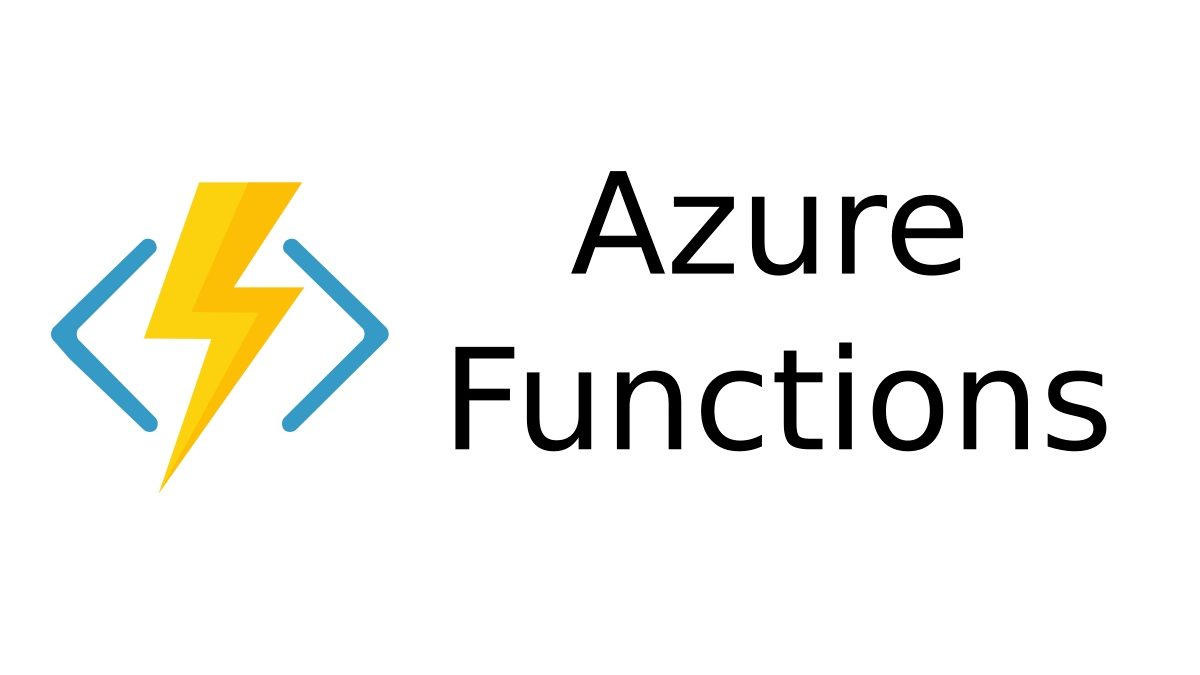Table of Contents
Azure Function
The Azure function is a serverless solution that allows you to write less code, maintain less infrastructure and save costs. Instead of worrying about organizing and preserving servers, Cloud Infrastructure provides all the latest resources needed to run your applications. You focus on the bits of code that material most to you, and Azure Functions handles the rest.
We often build systems to respond to a series of important events. Whether creating a Web API, replying to database changes, processing IoT data streams, or handling communication queues – each application wants a way to run about code because these things happen. Azure Functions provides “Compute on Demand” in two main ways to meet this need.
First, Azure Functions lets you apply your system logic to easily accessible code blocks. These code blocks are called “functions”. Different functions can run anytime when you need to respond to critical events.
Second, as applications grow, Azure Functions caters to demand with as many resources and function examples as needed – but only when needed. As requests drop, any additional help and request instances automatically disappear.
Azure Function App Administration
In Azure Functions, a function app provides an implementation context for individual functions. Function app behaviors apply to all parts hosted by a given function app. All features in the Function app must share the same language.
The individual features of the function app are deployed and scaled simultaneously. Share the function resources in the same function app (each example) as the function app scales. Connection strings, environmental variables, and other app settings are defined separately for each function app. Data shared between function apps should be stored externally in a permanent store.
Create your First Function in Azure Porch
Azure Functions lets you run your cypher in a server environment without first publishing a Virtual Machine (VM) or web application. You will learn how to use Azure functions to create the “Hello World” HTTP trigger function in the Azure portal.
Note
Therefore portal editing only supports JavaScript, PowerShell, TypeScript, and C # script functions.
You can create a function app in the portal for C # Class Library, Java, and Python functions, but you will also have to make the components locally and publish them on Azure.
Instead, we recommend that you create your functions locally and publish them on a function app in Azure.
Creating Azure Functions with Visual Studio
Visual Studio enables you to create, test, and deploy C # class library functions in Azure. If this is your first experience with Azure Functions, check out Get Start with Azure Functions.
Visual Studio offers the following benefits when developing functions:
Edit, configure, and execute tasks on your local development machine.
Publish your Azure Functions project directly to Azure and create Azure resources as needed.
Use C # attribution to declare function binding in C # code.
So prepare and implement predefined C # functions. Predefined functions provide better cold start performance than C # script-based functions.
Program your functions in C # with all the benefits of Visual Studio development.
So how to use Visual Studio to progress C # class library functions and publish them to Azure. Before reading this article, we suggest you complete the tasks for a quick start on Visual Studio. Unless otherwise noted, the procedure and examples shown are for Visual Studio.
Conclusion
Where do all the calculation funds come from? Azure Functions suggests as many or as rare computer resources as needed to meet your application needs. Providing computer resources on demand is the essence of serverless computing in Azure functions.

